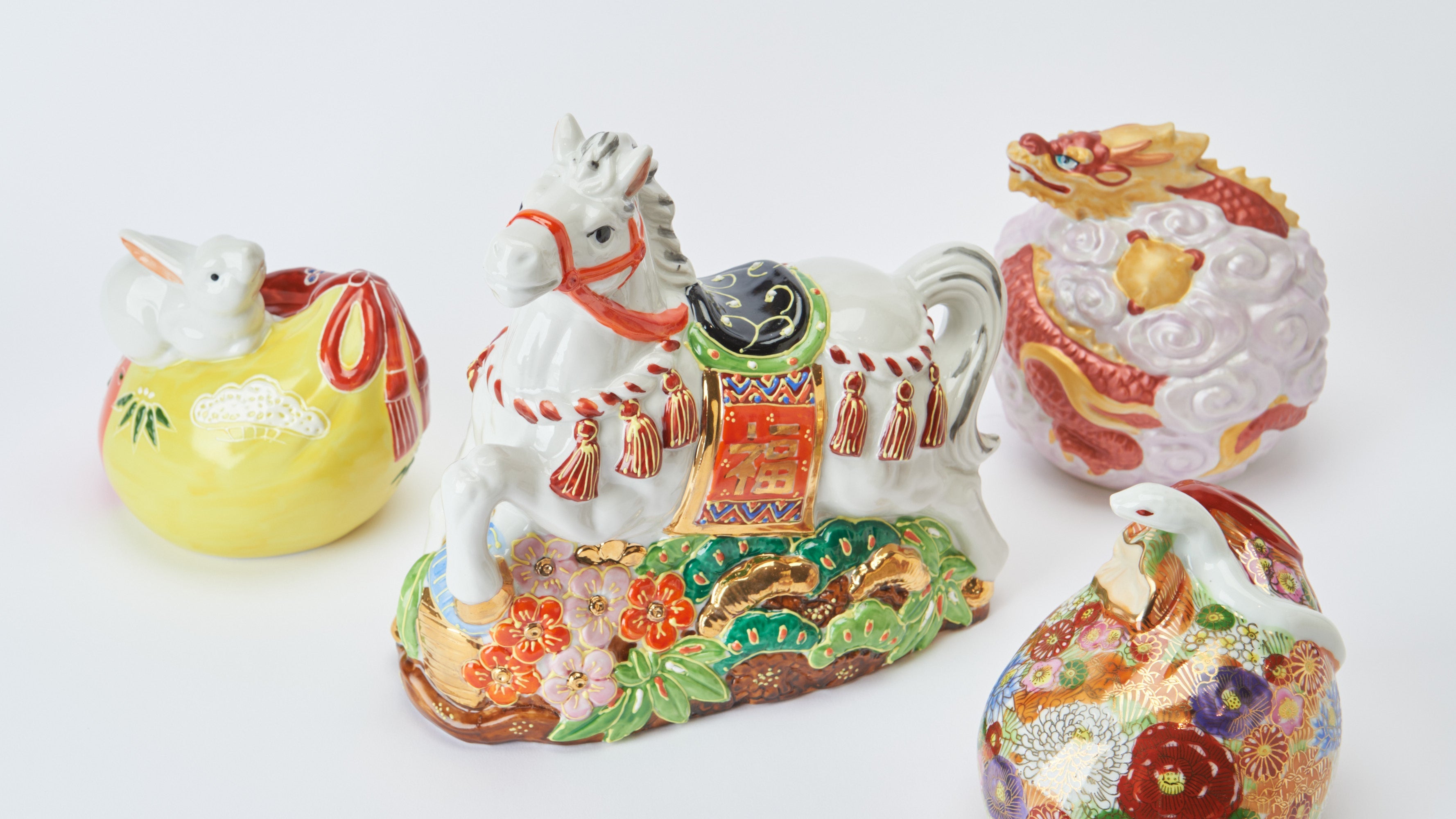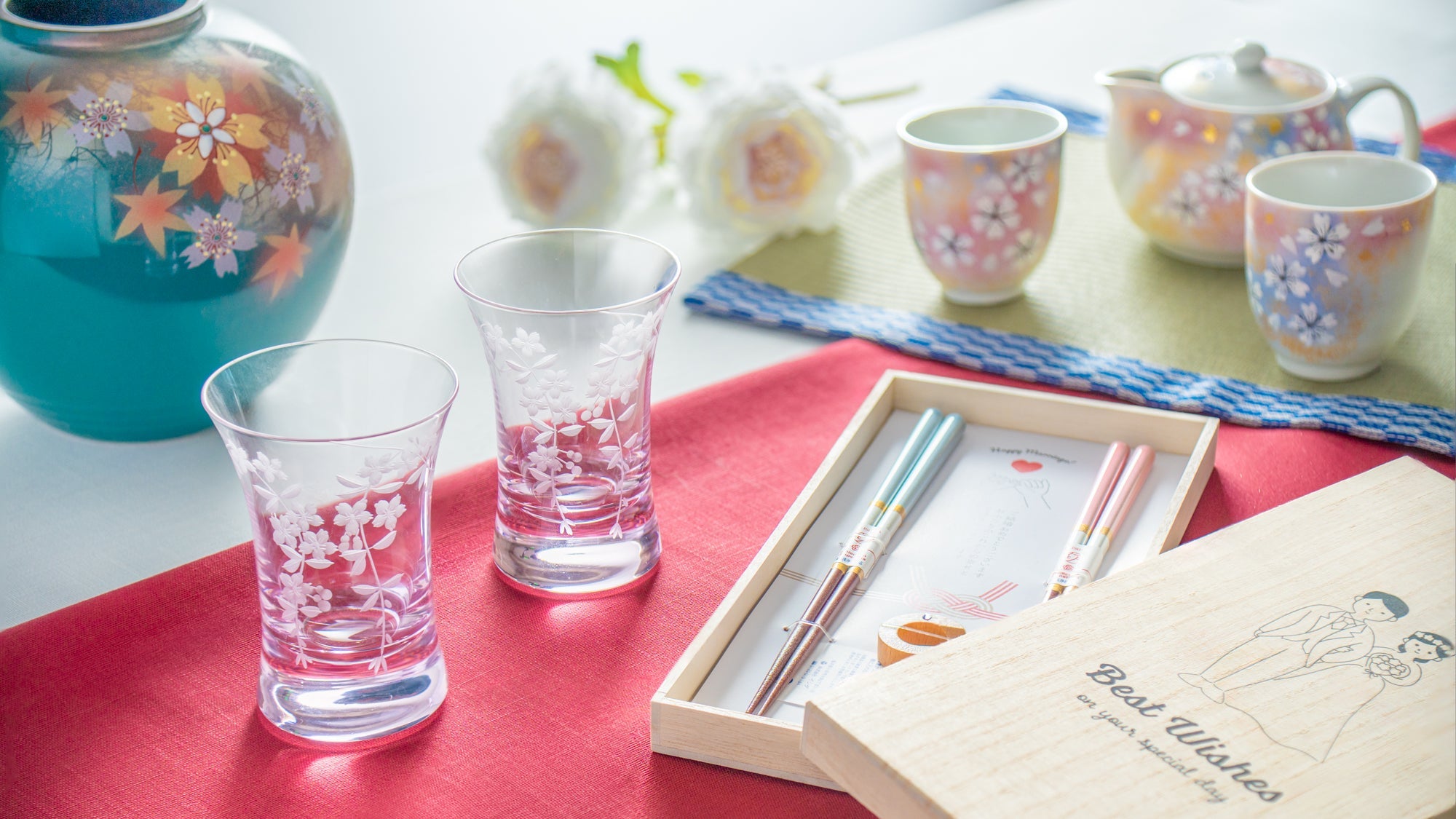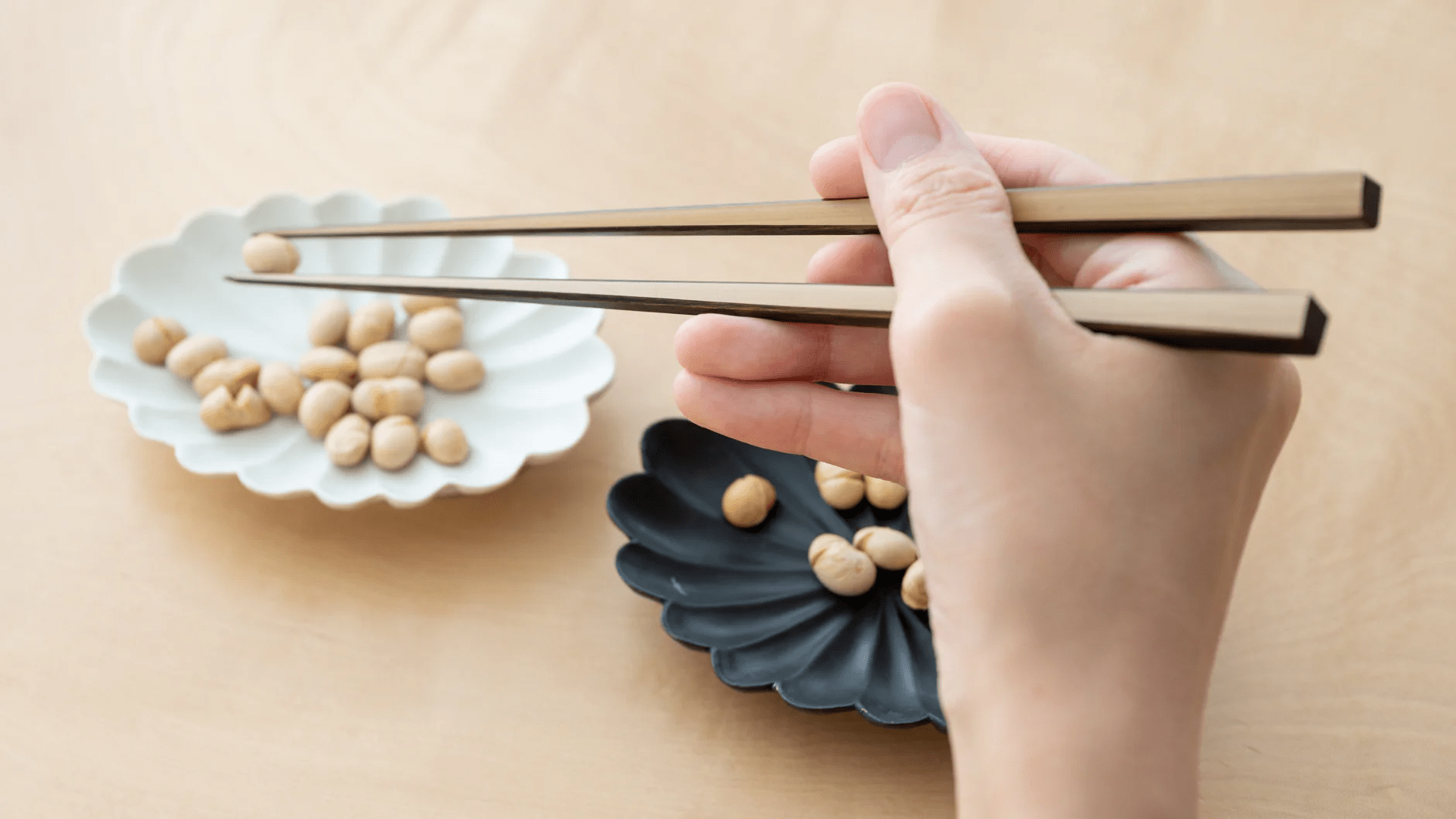
Tanabata: A Celestial Love Story Spanning Cultures
Written by Team MUSUBI
Japan's rich culture is vividly illuminated by numerous traditional festivals. The annual July 7 festival called "Tanabata" is based on a romantic legend that originated in China and has spread not only to Japan but also to other East Asian countries, although the days and customs of celebration vary.
I remember learning about the story of Tanabata in my childhood and eagerly anticipating this event. I would hope for clear skies on this day, decorate with Tanabata ornaments, and write my wishes on Tanzaku paper strips. It was always a delightful experience.
tables of contents
Story of Tanabata

Once upon a time, there was a celestial princess named Orihime (the Star Vega), who was a skilled weaver. She worked so tirelessly that her father, the Sky King, worried about her happiness. To help her find balance in life, he introduced her to a handsome cowherd, Hikoboshi (the Star Altair).
Orihime and Hikoboshi fell deeply in love and got married. However, their love for each other was so strong that Orihime stopped weaving and Hikoboshi let his cows wander the heavens. This upset the Sky King, and in his anger, he separated the two lovers on either side of the Amanogawa, the Heavenly River (Milky Way).
Distraught, Orihime pleaded with her father to let her be with Hikoboshi. Touched by his daughter's tears, the Sky King agreed to allow the two to meet once a year, on the 7th day of the 7th month, if Orihime returned to her weaving.
However, the first time they tried to meet, they found that they could not cross the river because there was no bridge. Orihime cried so much that a flock of magpies came and promised to make a bridge with their wings so that she could cross the river.
Since then, on every 7th day of the 7th month, if the skies are clear and the magpies can fly, Orihime and Hikoboshi are reunited. But if it's raining, the river is said to be too turbulent and the birds cannot fly, causing the lovers to wait another year to be together.
Customs of Tanabata
"Tanzaku" Paper Strip

In the old days in Japan, people did not write their wishes on tanzaku (paper strips) as we do now, but rather they wrote songs on seven "Kaji" (paper mulberry) leaves and handed them to the stars. One of the characteristics of Kaji leaves is that the cilia growing on the surface of the leaf make it easy to apply "Sumi" ink. This is the reason why the custom of writing "Waka" poems on Kaji leaves was born.
Decorations

First of all, there is the gorgeous "Fuki-Nagashi" (streamer) decoration, which is a familiar sight at Tanabata festivals, in which colorful paper and other materials are pasted onto balloons and "Kusudama" (paper balls). In the past, instead of paper, five-colored threads threaded through a needle were used as decorations.
The five colors used in Tanabata are blue, red, yellow, white, and black, and are derived from the Chinese theory of Yin-Yang and the five elements. These five colors have meanings: blue (green) represents wood, red represents fire, yellow represents earth, white represents gold, and black (purple) represents water. In Japan, the color purple is considered a noble color instead of black, which is not preferred. It is also believed that blue changed to green because green was called "ao (blue)" in the past.
Other traditional decorations include origami cranes, which symbolize longevity and health, and kimono-shaped strips of paper, which are meant to ward off bad luck. The "net" decoration symbolizes fruitfulness, while the "purse" and "treasure ship" decorations are believed to bring good luck and prosperity.
Food

In recent times, Tanabata-themed treats have become quite popular, one of which is Tanabata Jelly. This refreshing dessert often incorporates star motifs to echo the celestial theme of Tanabata. Also, if you venture to a traditional Japanese confectionery shop during this period, you might encounter beautifully crafted sweets designed in homage to the Tanabata festival.
The Three Major Festivals of Tanabata
The Sendai Tanabata Festival

The Shonan Hiratsuka Tanabata Festival

The Anjo Tanabata Festival

Wish Upon a Star








Leave a comment
This site is protected by hCaptcha and the hCaptcha Privacy Policy and Terms of Service apply.